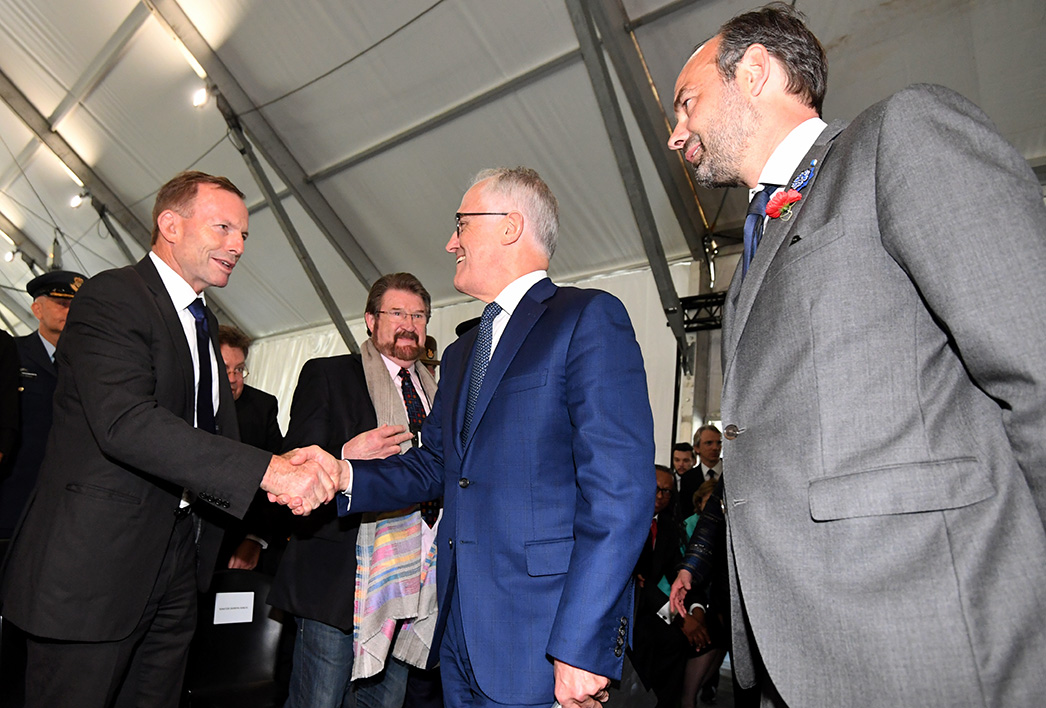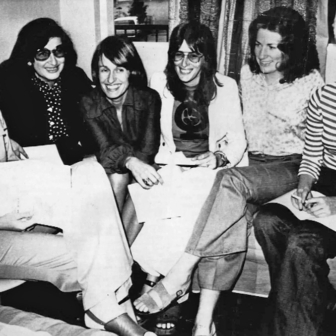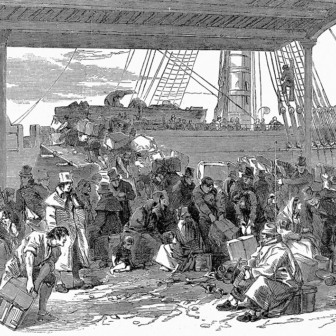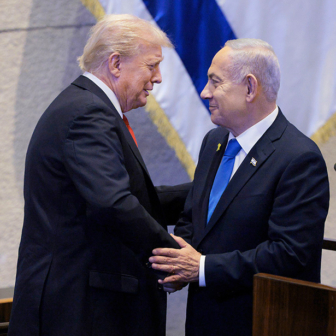The Great War: Aftermath and Commemoration
Edited by Carolyn Holbrook and Keir Reeves | NewSouth | $34.99 | 296 pages
Having published ten or so books about the Great War over the decade of what Australians call the Anzac centenary, I must admit that I accepted the invitation to review this collection of essays, sight unseen, with trepidation. Like some of its subjects, I feel war-weary. Did I really want to read more about that conflict, particularly when I knew most of the contributors’ work and could more or less anticipate what they might say? No, I did not, but I accepted the invitation anyway, and I’m glad I did.
Regardless of any impatience or annoyance we may feel about the boosting of the 2014–18 Anzac centenary by the federal government and many other agencies and bodies, the anniversary of the Great War represented both a significant opportunity for new, substantive histories of the conflict and its many consequences, and a chance to reflect on the importance of the experience and its effects. This book handsomely represents both strands. It includes essays on individual and collective experiences in and of the war, discussions of its various legacies — positive and (mostly) negative — and reflections on how the war was recorded and interpreted then and since.
The book’s editors, Carolyn Holbrook and Keir Reeves, have encouraged their contributors to extend debates that had often begun well before centenary celebrations (in the worthy though not universally praised What’s Wrong with Anzac? for instance). Their aim is to explore what they rightly describe as a “complex and dynamic” phenomenon “whose popularity defies simple explanation.” The results confirm that there is indeed more to be said about the Great War, despite how it has saturated the historical agenda, especially among the public, over the past five years.
This collection brings together a galaxy of new and established historical talent. The established authors include Joan Beaumont, Frank Bongiorno, Martin Crotty and Bart Ziino, all of whom make considered contributions. The younger authors — Honae Cuffe, Margaret Hutchison, Romain Fathi and others — productively entered the field in the course of the centenary. All offer useful or stimulating insights.
As a former head of the Australian War Memorial’s history section (the equivalent of about four undergraduate degrees, mythical ARC grants or PhDs scholarships ago) I was especially pleased to see current members of my old section, David Sutton, Meleah Hampton and Thomas Rogers, among the contributors. The memorial’s historians had been largely silent, if not silenced, for the duration of the Anzac centenary, partly by a draconian approvals regime imposed by its departing showman/director, but it is good to see its young public historians still managing to contribute in a more hostile environment than ever I encountered.
But I wonder if the institutional presence continues to impose a reticence on its contributors. Why, I wonder, did David Sutton describe the Royal Australian Navy’s use in interventions in the Pacific at the war’s end not as imperialist (or even humanitarian)? To refer to them simple as “naval activities” seems unsatisfactory. Meleah Hampton’s account of repatriation suggests that Monash’s organisational flair helped to defuse protests among veterans. Perhaps it did, but an essay on how Monash’s wartime reputation has been absurdly inflated during the centenary might have substantiated claims about Anzac 2.0, one of whose characteristics seems to be an attention to the disjunction between fact and hype. Courage, mes enfants! (Which is easy for me to say, I know.)
For his part, Thomas Rogers is bravely revisionist in arguing that William Murray’s Great War service can’t explain or excuse the fact that he was the instigator of the massacre of at least thirty Walpiri people at Coniston in 1928. (As is Joan Beaumont, steadfastly and rightly refusing to accede to the common assumption that all those returning from the war were necessarily traumatised.)
One of the distinguishing marks of this collection is the lack of consensus about how the Great War affected those involved in it, or who look back on it with any interest. This is a truly diverse line-up — which is fitting, as Carolyn Holbrook’s authoritative closing essay reminds us, because not all Australians took an interest in the centenary. Indeed, using viewing figures for the hoped-for blockbuster TV series Gallipoli to justify the point, she affirms that “the bulk of Australians demonstrated by their actions that they were uninterested in extending or challenging their understanding of Australian involvement in the Great War.” The war’s impact on people at the time is regarded to have been immense, a phenomenon more assumed that demonstrated even in this critical survey.
Despite the supposed importance of the anniversaries that gave it life, this book was conceived as an academic product. Its authors write about the experience and memory of the Great War mostly as an abstract subject, without engaging with the politics of the centenary with which it ostensibly deals. The younger contributors especially, understandably concerned to build CVs and reputation, tend to focus on the experience of the war rather than the contested politics of memory. Well-established contributors, perhaps with less to lose, more freely connect their arguments to the politics of history, in which, as the editors acknowledge, Anzac serves contemporary purposes that are not necessarily worthy or justified.
Several contributions deserve wider attention because their authors write with passion and a sense of commitment: to them Anzac is not a matter of detached scholarship, but of popular engagement. It is a particular pleasure to see Henry Reynolds still fighting the good fight. Obscurantism and patriotic jingoism is as prevalent at the end of the centenary as it was when he contributed to What’s Wrong with Anzac?: his bracing scepticism is necessary and salutary. Likewise Marilyn Lake, Reynolds’s batting partner, whose essay pondering why New Zealand has been omitted from Anzac (in Australia) argues convincingly that the war scuppered the progressive Australasia that had not only been a prominent part of the two dominions’ self-regard before 1914, but also a cause of admiration before Anzac took away its life and breath.
I was delighted to see David Stephens’s account and analysis of the contribution of the organisation Honest History, in which I have been involved. Honest History’s life coincided with the centenary, offering a countervailing narrative to the deluge of Anzackery (a useful word Stephens resurrected and propagated) promoted by official propaganda. The number, range and nature of the thousands of articles, reviews and posts on the Honest History website testifies to the existence of at least a substantial minority of Australians who are neither believers in Anzackery nor uninterested in the war, but who recognised its proportional importance and exercise a sceptical restraint in the face of the propaganda.
In this, Stephens reveals the paradox inherent in Honest History. Its mantra was that “Australia is more than Anzac” but its use of the centenary to discuss, expose, criticise and analyse the manifestations of the exponents of Anzackery drew attention to its presumed centrality. Honest History’s website lives on, and its energetic activists have devoted much of 2019 to contesting the mendacious and meretricious expansion of the Australian War Memorial, at a projected cost of half a billion dollars (and surely more by the time it opens and skews the memorial beyond recognition).
Accordingly, the outstanding essay for me is Bruce Scates’s fearless whistle-blowing on the scandal of the expenditure of over $100 million on the Sir John Monash Centre near Villers-Bretonneux, France, which opened in April 2018. Scates, who was among the historians who resigned from the centre’s advisory body after realising that their advice was being ignored and their reputations compromised, documents both the shortcomings of the centre and its lack of quality and integrity when compared to less nationalistic Great War interpretative centres in France and Belgium.
These three essays stood out for me because the centenary has persuaded me that Great War history in Australia is unavoidably political. Perhaps that is because Australian society and politics has become even more polarised at a time of social and environmental change, a schism reflected in the politics of war memory. While unduly disengaged, The Great War: Aftermath and Commemoration will help us to reflect on and make sense of why this long-ago conflict still matters. •




